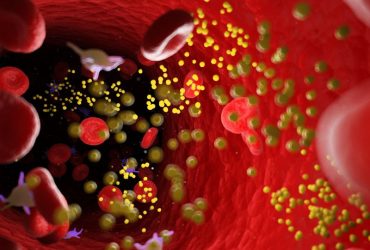Authors say findings similar across people with schizophrenia, major depressive disorder, and bipolar disorder in three distinct geographic settings
Findings seen for major depression, bipolar disorder, schizophrenia
Improvement in dietary-nutritional profile seen with conventional nutritional education strategies, specific nutritional advice with a symbiotic effect
Cumulative environmental risk score most strongly associated with true schizotypy, followed by affective, introverted schizotypy
Right thumb network achieved highest level of accuracy from networks based on single fingers at 68 percent
Children exposed to maternal schizophrenia have increased risk for mental health and non-mental health conditions
Researchers found that few individuals with psychotic disorders have participated in vocational training
12.8 percent of children with familial high risk for schizophrenia, bipolar disorder transition to different neurocognitive subgroup
Diagnosis of schizoaffective disorder is evolving; homeless patients have frequent visits to health care services, especially emergency department
Findings compared with both younger women and similarly aged men











